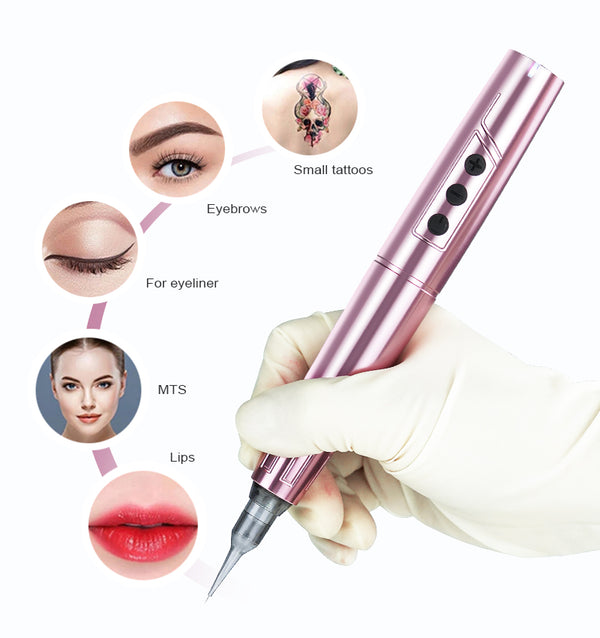Unlocking the Secrets of High-Level Disinfectants: What Beauty Professionals Must Know!
In the dynamic world of beauty and personal care, the efficacy of sanitation practices can make all the difference. High-level disinfectants are key players in ensuring that tools and environments are not only clean but also safe for clients and professionals alike. Unlike low-level and intermediate-level disinfectants, which might merely clean surfaces or reduce the number of microorganisms, high-level disinfectants are designed to eliminate all pathogenic microorganisms, making them essential in settings where safety is paramount. Understanding these products is crucial for beauty professionals, as it ensures compliance with health regulations and upholds the highest standards of hygiene. This knowledge not only protects clients but also enhances the credibility and professionalism of beauty establishments.

Understanding High-Level Disinfectants
High-level disinfectants are powerful solutions that can kill a broad spectrum of pathogens, including bacteria, viruses, and fungi. These disinfectants are typically classified based on their effectiveness and the types of microorganisms they can eliminate. High-level disinfectants fall into a specific category that surpasses the capabilities of intermediate and low-level disinfectants. They often contain potent active ingredients such as hydrogen peroxide, glutaraldehyde, or ortho-phthalaldehyde, which work to disrupt the cellular processes of microorganisms, leading to their death. In beauty settings, understanding the chemical properties of these disinfectants is vital, as it informs professionals on how to use them effectively and safely, ensuring they meet the rigorous hygiene standards required in salons and spas.
Uses of High-Level Disinfectants in the Beauty Industry
The application of high-level disinfectants in beauty settings is extensive and varied. They are primarily used for disinfecting tools such as scissors, combs, and brushes that come into direct contact with clients' skin and hair. Additionally, high-level disinfectants are effective for sanitizing surfaces where procedures are performed, including treatment beds, countertops, and equipment. For instance, after a facial treatment, all tools must be thoroughly disinfected to prevent cross-contamination. Moreover, in areas where invasive procedures are performed, like tattooing or piercings, high-level disinfectants are not just recommended; they are often a legal requirement. By using these disinfectants, beauty professionals can ensure they are meeting health regulations and providing a safe environment for their clients.
High-Level Disinfectants vs. Other Disinfectants
To fully appreciate the role of high-level disinfectants, it is essential to compare them with low-level and intermediate-level disinfectants. Low-level disinfectants are typically sufficient for cleaning surfaces and removing dirt, but they do not effectively kill all pathogens, making them inappropriate for tools used in invasive procedures. Intermediate-level disinfectants, while more effective than low-level options, still might not eliminate all spores and viruses. High-level disinfectants, on the other hand, are meant for environments where the highest level of disinfection is necessary. They require specific application methods, such as soaking tools for a defined period, to ensure maximum efficacy. Understanding these differences helps beauty professionals choose the right disinfectant for each situation, ensuring that they are fully prepared for any challenge that may arise.
Best Practices for Using High-Level Disinfectants
Using high-level disinfectants effectively requires adherence to best practices. It is essential to follow the manufacturer's instructions regarding dilution ratios, as using a higher concentration than recommended can be wasteful and potentially hazardous. The contact time, or the duration that the disinfectant must remain in contact with the surface or tool to be effective, is also critical; professionals should ensure they allow adequate time for the solution to work. Additionally, proper storage of these disinfectants is crucial to maintain their potency; they should be kept in a cool, dry place away from direct sunlight. Safety precautions, such as wearing gloves and masks when handling these chemicals, cannot be overlooked. A friend of mine who works in a salon once shared that they experienced a minor chemical burn due to improper handling of a disinfectant, highlighting the importance of safety in the use of these powerful solutions.
Prioritizing Safety and Knowledge in Hygiene Practices
In summary, understanding high-level disinfectants is vital for beauty professionals who prioritize safety and hygiene in their practice. These powerful disinfectants play a critical role in ensuring that tools and surfaces are free from harmful microorganisms, thereby protecting both clients and practitioners. By distinguishing high-level disinfectants from their low- and intermediate-level counterparts, professionals can make informed decisions about their sanitation practices. Ongoing education about the proper use and handling of these products is essential to maintain a safe and hygienic environment. As the beauty industry continues to evolve, so too must the knowledge and practices of those within it, ensuring that safety remains a top priority.







